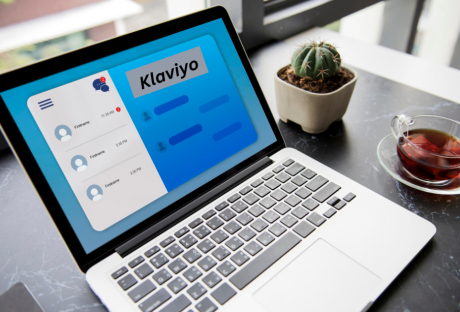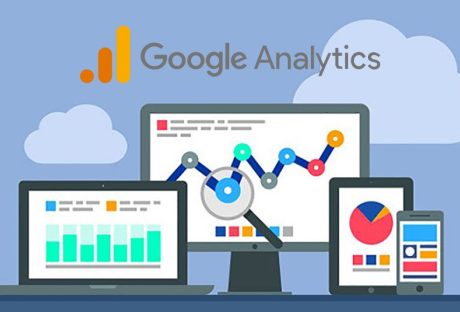“Senpai notice me!” Said all online brands to internet users. They want to grab their audiences’ attention, lure them into their sphere, and generate a new lead.
This is easier said than done, though, especially with new brands entering the market daily and trying to capitalize on the same audiences. Introducing online visibility.
The key to being a successful, prosperous brand is to have a strong online presence. The more users who see your brand online or on social media, the higher your chance of being visible. They will begin to recognize your brand, seeing you as a leader in the space.
Boosting a brand’s online visibility isn’t a straight path. However, these three strategies will help no matter your starting point.
3 Strategies To Boost Online Visibility
The following list suggests the top 3 strategies that will help you gain more traction, thus boosting your online visibility in no time:
Content Marketing
Creating high-quality content regularly is a prime way to increase your online presence. The more content you create, the more chances you can reach and engage with your intended audiences.
Valuable content is also what will help set you apart from the competition. You’ll be viewed as a reliable, trustworthy leader in the space, one that benefits and serves your audience.
In terms of your content marketing strategy, think about creating a diverse content portfolio. For instance, posting articles and hoping they find their way into the top search results isn’t the most thoughtful approach.
Alternatively, create blog posts but also short and long-form videos, ebooks, podcasts, and infographics. You may be able to utilize the same type of content but repurpose it for different formats. For instance, a podcast you’re taping could be recorded and posted on your YouTube channel for additional distribution.
If you’re feeling a bit lost on what kinds of content to create or what to prioritize, it may be advantageous to recruit some outside help. A performance marketing agency can collaborate with your content team to develop a strategic approach to your content marketing efforts.
Since they are experts in the field, they’ll know which keywords you should strive to rank for and which ones aren’t worth your time or effort.
They can also help with evergreen website copy and materials to drive home your marketing messages and brand vision. These updates and refreshes can lead to growth for your business and boost your online presence.
Social Media Marketing
Related to content marketing, social media marketing is becoming more important in the digital space. Consumers today are going to social first to find out about brands and learn about their offerings. They’re also reading comments, looking to see how others are engaging with the brand, and seeing if there are any potential red flags to be aware of.
If they’re interested or have a specific question, they may reach out via direct message, hoping the brand will respond promptly. Social media marketing aims to build brand awareness and connect and engage with potential customers and followers.
This will assist in driving website traffic and, inevitably, sales. Posting valuable content consistently is just the start of what social media marketing can look like today.
It also includes engaging users through interactive chatbots and creating personalized, tailored experiences for followers. Brands know that if they show up regularly and consistently on user’s feeds, viewers are more likely to recall the brand and talk about it later.
Another component of social media marketing is influencer collaborations. Influencers know what resonates with their audiences — after all, it’s become their job to engage and promote content. Businesses can leverage an influencer’s audience by partnering with them for a social campaign.
If you have a new product launch approaching, working with an influencer can help spread the word. They can share a review of the product or brand and even entice users to follow your page to enter a giveaway or sweepstakes.
Paid Advertising
There’s only so much you can grow without going the route of paid advertising. This marketing strategy involves displaying banner advertising to targeted audiences. It can include everything from television commercials to podcast spots to internet-based and social ads. Paid advertising isn’t cheap, so you need a tailored strategy that works for your business needs.
Choosing the right platform and setting clear goals will allow you to reach your intended audiences. Narrowing who sees your ads and when they see them will help ensure you’re reaching the right people.
Some of the main targeted advertising selections include behavioral, demographic, interest, and purchase-based intent. You can get more granular depending on your audience persona and your business goals, whether that’s awareness or sales. With each paid advertising campaign, you’ll want to monitor performance closely. See specific engagement metrics, including impressions, click-through rate, and conversions.
Additionally, keep an eye on the cost per click to justify your budget for the campaign. An exceptionally high cost per click, meaning the dollar you’re spending for someone to click on one of your ads, may not be sustainable. Optimize where you can, applying what you have learned from one campaign to future ones.
Bonus: THIS will help retain your online visibility
Consistency
There are two aspects of retaining an audience on your site or business. Consistency and quality. Both are often ignored. Both consistency and quality only benefit you in the long run.
If you aim for social media visibility, stay consistent there.
Be regular with your posts and engage with your audience frequently. Social media marketing will only work if you consistently keep the audience engaged. The quality of your posts must be quite high. Think of maintaining the standard.
If you closely follow your competition, you can observe their and the “industry-best’s” work. This will help you know if your content fares well. No one wants to return to your content if they keep seeing a lack of quality.
This also applies to your consistent efforts; consistently use the above-mentioned strategies. Patience and hard work will bring you results soon!
Conclusion
Your brand’s visibility and recognition are crucial for long-term success. Content marketing, social media marketing, and paid advertising are three channels that will boost your brand’s presence.
Tell us about your experience in the comments below!
Continue Reading:






















